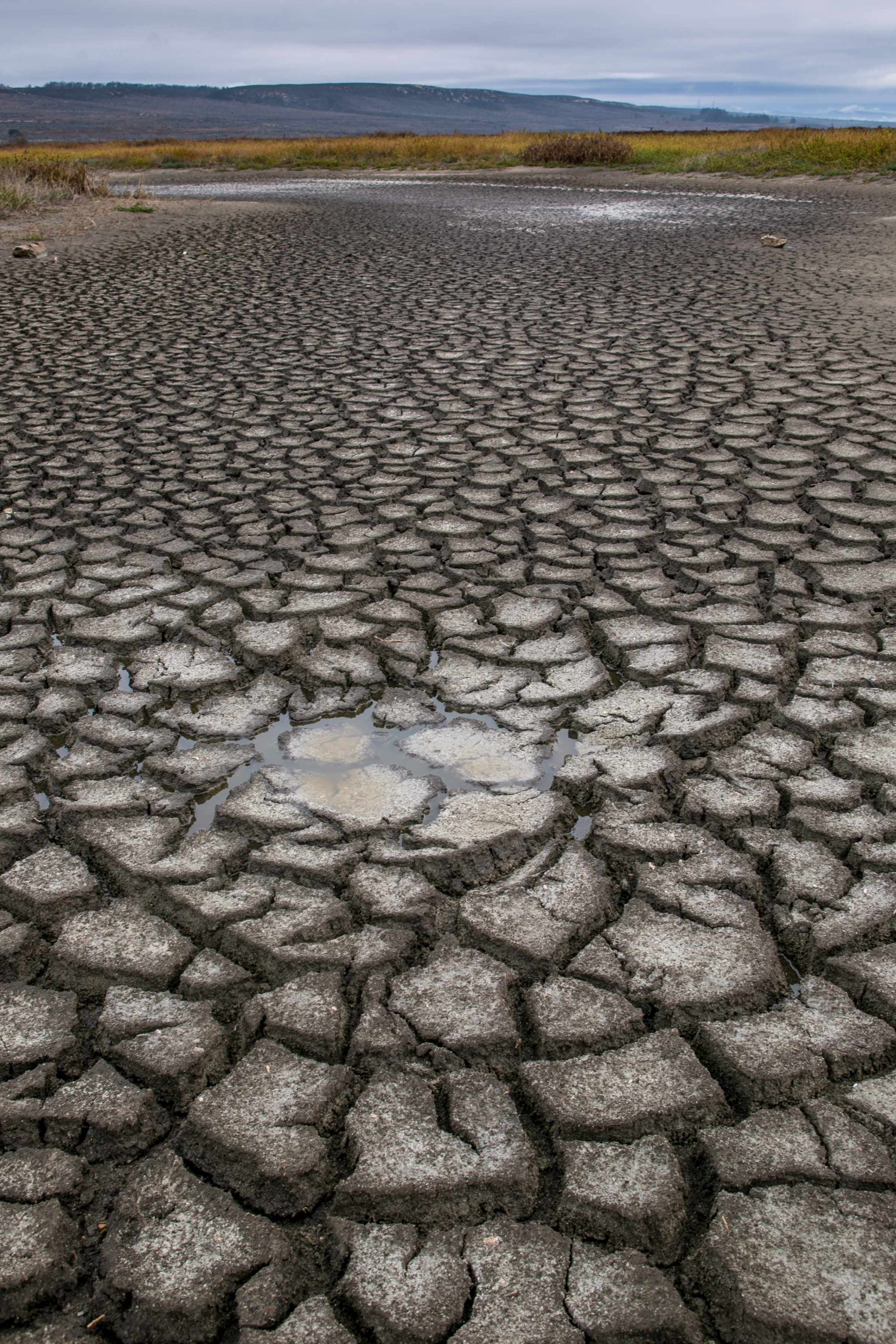
As California grapples with a historic four-year-long drought, and farmers skimp on water for crops in the face of fines, oil wastewater is becoming both a laudable and uncomfortable answer to water woes.
Depending on who you ask, California’s drought may be over this spring. It may also never be over, with some scientists questioning whether groundwater reserves can ever reach pre-drought levels.
California isn’t the only U.S. state dealing with drought. As of right now, much of the western United States is experiencing some level of drought as well as parts of the upper mid-west. Water is a precious resource, and restrictions on water usage are becoming more and more common.
Oilprice.com: Utilities Just Declared War On Solar
A recent national survey shows that nearly 75 percent of Americans believe that the agriculture industry should be first in line for water during a drought. It makes sense. Farmers grow our food and raise our meat. However, record fines being levied against farmers who pull too much water in California has the agriculture industry questioning what the future holds.
Could the answer really be held deep underground in oil wastewater reservoirs?
Before you turn your nose up at the thought of wastewater being used on the crops you eat; you should probably know that it is already being done. In fact,Chevron pumped 8 billion gallons of treated wastewater to farmers in California last year.
Recent figures estimate that about a third of oil wastewater is reused in some way. That means there is a large, unused source of water that could render aid to farmers. However, the cost of treating oil wastewater for use on crops is a major hurdle for producers to overcome. But first, we have to know if the wastewater is even safe for use on crops.
Legitimate concerns have been brought forward regarding the safety of treated oil wastewater. How effective is the treatment? Could the wastewater be harmful to people, plants, and animals? Water Defense, an environmental group, has been at the forefront of voicing these concerns.
Oilprice.com: Why OPEC Production Freeze Could Pave The Way For Actual Cuts
In response, the local water authority tested and confirmed that, in fact, the treated wastewater provided by Chevron was in accordance with existing guidelines.
Water Defense insists otherwise, though. It says that it conducted its own tests and found high levels of acetone and methylene chloride, which can be toxic to humans, in the Chevron irrigation water. It also claims to have found traces of oil that should have been removed during recycling.
As Mother Jones reported last summer, there are rising concerns about what the use of oil wastewater means for organic food labels, for one thing. While there is a ban on petroleum-derived fertilizers for organic standards, the ban says nothing about what might show up in irrigation water.
Treating oil wastewater has become a pretty lucrative business. Energy producers have been seeking the expertise of companies that can treat oil wastewater quickly, effectively, and on the cheap. Some of the latest innovations include using algae to treat oil wastewater and even using electrical pulses to turn the previously contaminated water into clean water that can be used by farmers on their crops.
The major problem with treating oil wastewater is the cost. New technologies are rapidly helping to reduce the financial burden on producers, but with oil prices as low as they are, even cheaper solutions are needed.
One great thing about reusing wastewater is that the pipeline doesn’t have to just flow in one direction, so to speak. Santa Maria Energy LLC is just one of the producers finding new ways to reduce their footprint on water supplies in drought-stricken areas.
Oilprice.com: Oil Production Rumor Mill Continues To Turn As Iran Hints At Freeze
The company has won approval to build a pipeline to bring treated wastewater from a sewage treatment facility to their fracking operations. It’s a great example of energy producers stepping up to find a creative solution to real problems.
The state of California is likely to be the pioneer of finding innovative uses for the oil industry’s wastewater—even if that is the result of mounting legal pressure to do something about the tens of thousands of disposal wells that dot the state’s underground.
But right now, the wastewater-for-agriculture segment may be getting by on some unforeseen environmental loopholes that will come under greater scrutiny as the waste-not-want-not irrigation practice becomes more prolific.
This article originally appeared on Oilprice.com
More Must-Reads from TIME
- Cybersecurity Experts Are Sounding the Alarm on DOGE
- Meet the 2025 Women of the Year
- The Harsh Truth About Disability Inclusion
- Why Do More Young Adults Have Cancer?
- Colman Domingo Leads With Radical Love
- How to Get Better at Doing Things Alone
- Michelle Zauner Stares Down the Darkness
Contact us at letters@time.com